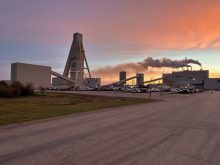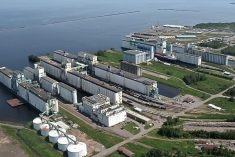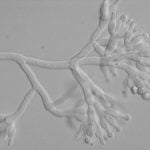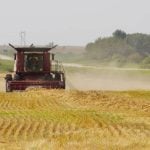U.S. fertilizer firm Mosaic Co. has put expansion work at its southeastern Saskatchewan potash mining site on an “accelerated” timeline.
Mosaic, which said in 2008 it would invest $1.7 billion to add 1.8 million tonnes of capacity at its Esterhazy, Sask. site by 2020, now plans to have its new “K3” satellite mine delivering potash to the surface by late 2017.
The company said Monday it will now put another $1.7 billion into further developing the K3 mine, noting it recently got approval for a “change in the scope” of the project, including plans to “accelerate (K3’s) production ramp-up.”
Read Also

Alberta harvest just ahead of average pace
The harvesting of all crops in Alberta reached 42 per cent complete as of Sept. 9, compared to the five-year average of 40 per cent. The provincial agriculture department noted combing was highlighted by little or no rain.
The accelerated project means “additional spending and investment” in Saskatchewan over the next eight years, Mosaic said.
The K3 site, approved in 2009, will serve as the satellite for Esterhazy’s upgraded K2 surface facilities, which saw boosts in milling and storage capacity during previous expansion work.
The K3 project, Mosaic said, will include two shafts and mine development and surface facilities. Sinking of the shafts is now expected to continue through to 2016, at which time the potash seam will be reached.
The potash mine expansions announced in 2008 also included multi-year projects at Belle Plaine, between Regina and Moose Jaw, and at Colonsay, east of Saskatoon.
In all, Mosaic said, the 2008 expansion plan was meant to leverage its mines’ “existing facilities and infrastructure” and add three million tonnes per year to the three sites’ total nameplate potash capacity.
Mosaic noted on its website that its three Saskatchewan mine sites still have “a century’s worth of potash reserves.” — AGCanada.com Network















